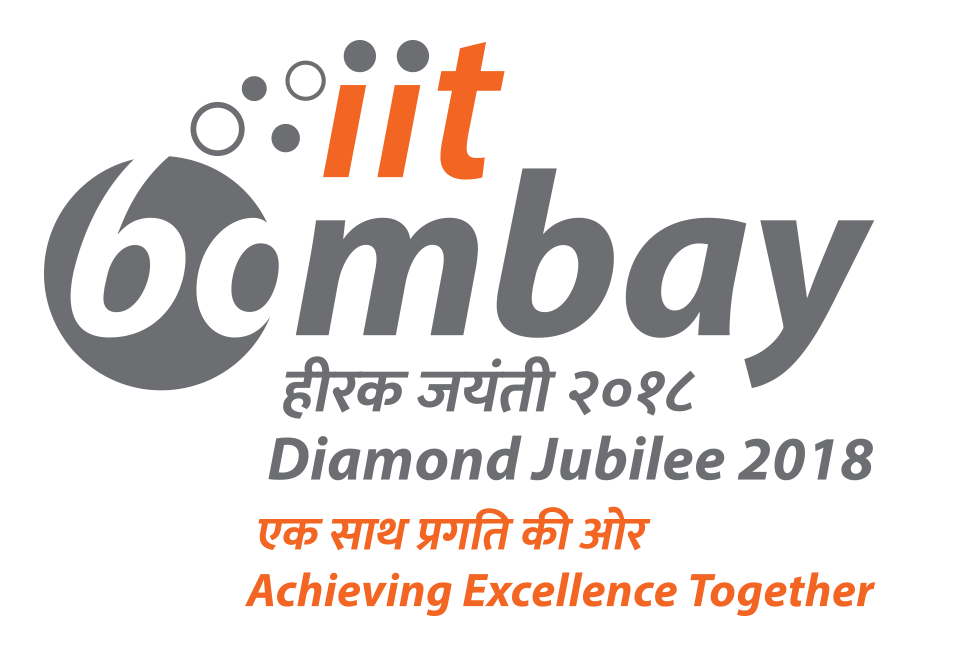Title: The mother of all states of the two dimensional frustrated kagome antiferromagnet
Event Date:
Monday, 8 May 2017 - 4:00pm
Abstract: The study of many-body systems of electrons and spins, where the effects of Coulomb interactions are not negligible, forms one of the most challenging open problems in condensed matter physics today. Such “strongly correlated systems†have traditionally provided a fertile hunting ground for exotic states of matter, ranging from superconductors to quantum Hall phases. Amongst these systems are also “frustrated magnetsâ€, systems where the lattice geometry is crucial in preventing spins from ordering even at very low temperatures. This leads to exotic "spin liquid" phases, which are potentially useful for quantum computation and high Tc superconductivity.
The first part of my talk will focus on the multiple challenges that
theorists face today in studying strongly correlated systems and in detecting the presence of exotic phases. Since there are many competing states, such as ordered (solid) and liquid phases with similar energy, advanced numerical methods have been instrumental for progress. In this spirit I highlight recent successes with techniques such as the density matrix renormalization group and tensor networks.
The second part of my talk will discuss several aspects of a highly contentious problem in the field of frustrated magnetism involving the kagome geometry [1,2], which even after three decades of research still baffles the community. Several realistic materials, such as herbertsmithite, possess this geometry, which is why it has seen resurgent interest in the community. I provide a viewpoint based on our recent discovery (motivated by a Majumdar-Ghosh type construction) of a previously missed source or “mother†point [3] in one of the simplest spin models known in the literature. I explain the existence of several phases that emerge from this quantum mechanically highly degenerate point and discuss its impact on the wider phase diagram of the kagome lattice antiferromagnet. I reconcile several independent findings by providing evidence that the well studied Heisenberg point is possibly part of a line of critical points.
[1] H.J. Changlani, A.M. Lauchli, Phys. Rev. B 91, 100407(R) (2015).
[2] K. Kumar, H. J. Changlani, B. Clark, E. Fradkin, Phys. Rev. B 94, 134410 (2016).
[3] H.J. Changlani, D. Kochkov, K. Kumar, B. Clark, E. Fradkin (submitted, 2017).
Venue:
Room 202 (Seminar room), Physics Department
IIT Bombay, Powai, Mumbai

